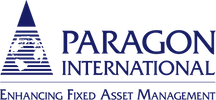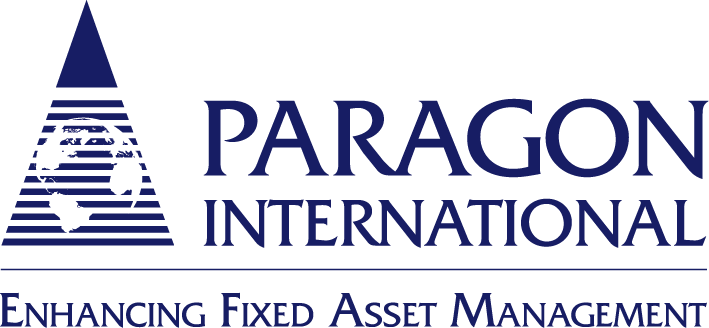Ghosts and Zombies. Yikes! They’re two hidden enemies – and not just in the movies. Many companies are familiar with the concepts of ghost and zombie assets, but fail to fully grasp the depth of the risks they pose to an organization.
What are Ghost and Zombie Assets?
Ghost assets are those that have been fully depreciated and have passed the end of their useful life, and assets that are lost, stolen or unusable. They are still being listed as an active fixed asset in the system and expensed on the income statement. Ghost assets lead to overpayment of property insurance and erroneously low net income.
Zombie assets are those that are owned by the company and active within their useful life, but aren’t properly recorded on the fixed asset books or expensed on the income statement. Examples are assets purchased and paid over multiple invoices, each below the capitalization minimum, or assets purchased by employees and not properly expensed in the system. Zombie Assets lead to underpayment of property insurance and erroneously high net income.
The Dangers of Ghost and Zombie Assets
Failing to adhere to correct depreciation schedules can create ghost and zombie assets — two antagonists that can cause detrimental non-compliance consequences. Unorganized or neglected depreciation schedules are often due to lack of physical inventories and poorly updated spreadsheets.
Ghost assets can bring about false decreases in tax liability and compliance-standards violations. The risk of falsely reduced tax liability and non-compliance makes ghost assets a particularly dangerous foe. In a recent Aberdeen survey, some respondents cited risks focused on tax compliance.
Ignoring ghost assets can cause myriad non-compliance problems. The most prominent risks can result in fines / penalties, damaged reputation, loss of customers, a significant decrease in profit margins, and even jail time for executives. These assets often get lost in a sea of data and are left to wreak havoc on financial statements.
Zombie assets, on the other hand, are functioning or active assets that aren’t depreciated on the income statement, therefore missing the benefit of reduced tax liability while exposing a company to compliance issues. Although not as criminally detrimental as ghost assets, zombie assets are more financially damaging. Ghost assets can lead to erroneously low net income while Zombie assets can lead to erroneously high net income.
Watch this short video and Learn 3 Key Things About Ghost and Zombie Assets
Scare Away Your Ghosts and Zombies
Both Ghost and Zombie assets arise from poor visibility, and improper accounting and tracking of fixed assets, often due to over-reliance on spreadsheets and other unorganized, manual forms of data entry. When used effectively, fixed asset management technology such as Sage Fixed Assets can help uncover and eliminate these hidden enemies.
Are you afraid of the Ghosts and Zombies lurking in your fixed asset inventory? Contact us today and scare them away!
(Source: Sage, Aberdeen)




